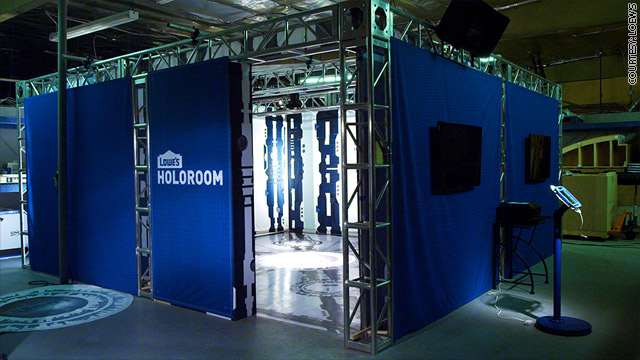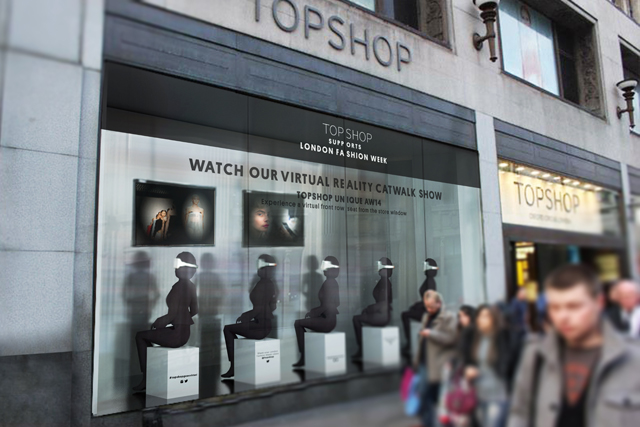Technological innovations have continuously impacted digital marketing with virtual reality (VR) being the most intriguing tool in the recent past. Marketing evolution is happening, and the website may no longer be a primary location for online conversions. Key reasons why evolution is happening include:
- The recent rise of mobile apps
- The emergence of chat apps such as WhatsApp and Facebook Messenger.
- Personalized conversion funnels that assist you through voice-activated devices.
- Google is also working towards becoming your assistant.
You will agree with me that with such evolution, consumers wish to move to other mediums.
Virtual reality will most likely join mainstream marketing platforms with hardware from the likes of Meta’s Oculus Rift 2, HTC’s Vive, and Google’s Cardboard. But as a marketer, what should you do to leverage these platforms? Let’s start by understanding what VR for marketing is.
What is VR for Marketing?
Virtual reality (VR) is a type of interactive software which immerses users in a three-dimensional environment, using headsets that come with a special lens to simulate a real experience. VR marketing, therefore, allows companies to bridge the gap between experience and action.
VR offers a digital experience in the place of a physical one and is perfect for promoting products and services. You can also use VR to showcase development and get customers invested in your creation.
Much as the use of virtual reality marketing is not yet a mainstream digital marketing platform. Yet, brands are already using it to offer personalized and engaging customer experiences.
Let’s have a look at some of them.
VR Storytelling by The New York Times
A few years ago, when the New York Times launched the VR storytelling for their VR video that highlighted the plight of the displaced children around the world, many saw the move as brilliant, fresh, and engaging.
The move, which generated over a million Google Cardboard viewers, became a viral sensation among young readers. They liked the idea of experiencing The Displaced – an 11 minute VR video rather than just reading it.
Lowe’s Holoroom
Lowe’s came up with a VR marketing strategy that was termed Holoroom with the sole purpose of providing its customers with top-notch services. On Holoroom, customers can use Google Cardboard as well as Oculus Rift to see what remodelling projects would look like with all its unique features.
All Lowe’s stores throughout the United States use the Holoroom platform to fulfill the customer’s biggest need: the desire to see a completed remodelling project even before the actual work begins.
Tom’s Exists through VR
Since 2006, Tom’s has maintained its identity as a shoe and accessories company that helps the less fortunate. The company recently launched its VR flagship store in Venice California, and through the store, the company aims to drive home its core values.
The strategy majorly focused on getting people immersed in the journey of the company to reach out to that needy person in a small village in Peru. Thanks to this, Tom’s effectively communicated its mission and core values, based on the pledge that for every purchase made, the company helps the needy.
Wendy’s and VMLY & R: Keeping Fortnite Fresh
Instead of making the VR experience from scratch, Wendy’s figured out how to partner with virtual world key players, Fortnite. Much as Wendy’s VR experience doesn’t require headphones, the brand still makes use of the virtual world to position its products and tell a story.
The company won a Gold Clio with their first Twitch stream, later the company featured an avatar disguised as Wendy in an online fighting game. VMLY & R created Avatar, a marketing agency hired by Wendy following a VR designed for Fortnite.
Later on, a Twitch stream was born with a continued partnership between Wendy and VMLY& R, where the avatar could break into restaurants and destroy freezers. The goal for using VR for marketing was to attract new audiences and remind the same audience that Wendy’s endeavours to serve its customers with the best-tasting and freshest beef.
Key Technology: VERYX Food Sorting
Key Technology created a VR demo that would allow participants to experience in detail how the VERYX digital food sorting platform works during the Pack Expo food packaging trade show. The manufacturer and designer of the food processing systems company gave the expo attendees a unique experience of how exactly the process looks inside the machine.
This was part of the B2B campaign strategy to increase brand awareness among a specific audience of food manufacturers.
Adidas: Delicatessen
In 2017, Adidas partnered with a London-based tech marketing agency, Somewhere Else to track a mountaineering trip of two athletes, as they took on the Bavella mountain range in Corsica.
Using a VR headset and two sensory remote controls in each hand, the audience could follow Ben Rueck and Delaney Miller step by step and in the agency’s words, this was a perfect way to market Adidas’s line of outdoor accessories and clothing.
DP World: Caucedo Facilities Tour
The need to showcase products and services to DP World’s growing customer base prompted the need for virtual reality marketing. The global trading company that helps other companies move goods recently opened a facility in the Dominican Republic. VR came in handy to offer a 360-degree tour DP World terminal and demonstrate how safe, efficient, and crucial properties are for certain companies.
Topshop: Catwalk VR Experience
In partnership with Ignition, an emerging technology agency, Topshop, allowed customers to enter a 360- degree virtual world of a live fashion show. With the VR headsets, customers received a hybrid of live feed of the catwalk show and backstage action.
With the sophisticated technology powering the catwalk show, Topshop achieved the primary ambition of creating an immersive and memorable experience.
Navigating VR in Marketing
VR is rolling out quickly, and therefore adding it to your marketing strategy should be a thing to consider. Why would a small business marketer want to know more about highly sophisticated VR marketing? You may ask. By 2022, estimations calculated that at least a third of global users would use VR.
As the industry and platforms grow this offers massive opportunities, every business can benefit from VR’s high sensory impact, story living rather than storytelling, and flexibility, impact, and interaction capabilities.








